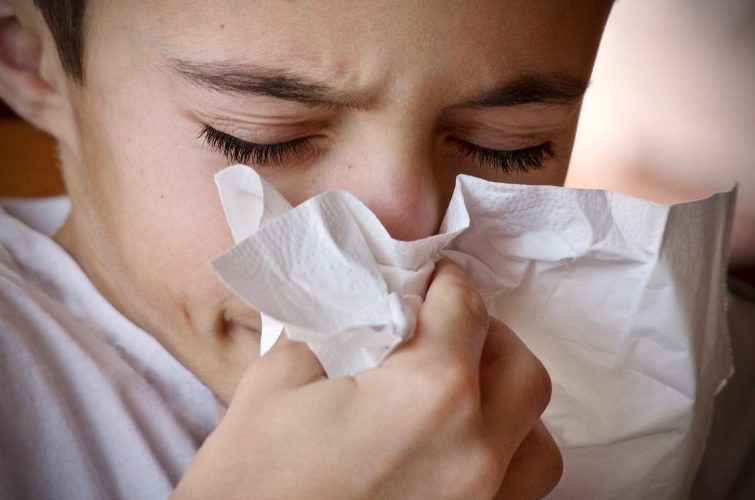
In the current climate, it’s easy to mistaken your child’s sneezing, congestion, and runny nose, as symptoms of a cold… or something worse… but if he or she experiences a similar response at the same time each year, it’s possible that seasonal allergies may be the cause.
Seasonal allergies, or hay fever, occur during certain times of the year, usually when outdoor molds release their spores, and trees, grasses, and weeds release tiny pollen particles into the air to fertilise other plants.
Our body’s immune system treats these spores or pollens as dangerous invaders, so to protect us, it releases chemicals (including histamine), into the bloodstream. It’s these protective chemicals that create the allergy symptoms.
Seasonal allergies can start at almost any age, but they usually develop by 10 years of age and reach their peak in the early twenties. Symptoms will often disappear later in adulthood.
Allergy symptoms will usually come on suddenly and last as long as a person is exposed to the allergen. They commonly include:
Seasonal allergies are fairly easy to identify because they typically return each year following exposure to an allergen. Talk with your doctor if your child’s symptoms are severe or if you are unsure what is triggering the response. A simple skin test will identify the cause.
There are many ways to treat seasonal allergies, depending on how severe the symptoms are. Some kids can get relief by reducing or eliminating exposure to allergens that bother them. If reducing exposure isn’t possible or is ineffective, medicines can help ease allergy symptoms but talk to your doctor first.
Take care!